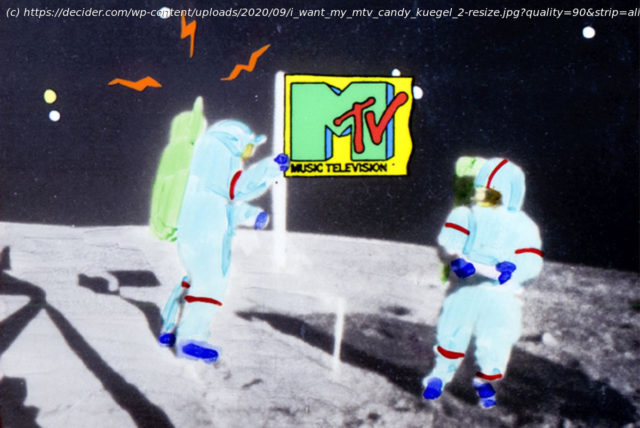40 years ago today an upstart cable television channel was launched that would have a seismic impact on music, entertainment and pop culture. On August 1, 1981, …
40 years ago today an upstart cable television channel was launched that would have a seismic impact on music, entertainment and pop culture. On August 1, 1981, at 12:01 a.m. ET, MTV aired its very first music video, the symbolically appropriate “Video Killed The Radio Star” by one-hit wonders The Buggles. At that moment, the staff of the fledgling network were watching the premiere in a dive bar in Fort Lee, New Jersey, the channel only being available in the Garden State at the time. This is but one of myriad interesting and funny anecdotes shared in Biography: I Want My MTV, A&E’s 2020 documentary about the network’s early days. “I don’t believe anyone started MTV to make money,” pop hit maker Jack Antonoff says at the start of the episode. I can tell you for certain, that’s utter bullshit. It would have never gotten off the ground if someone didn’t think it would make money. However, there’s no doubt the network’s formative years were inspired by a love of music equal to its thirst for revenue. The team that launched the channel were a mix of entertainment industry veterans looking for a new kind of kick and young recruits whose sense of adventure matched their career ambitions. It’s incredible watching the documentary to consider how different the media landscape was at the time of MTV’s inception. The major networks reigned supreme, cable television was unavailable in wide swaths of the country and the Internet as we know it didn’t exist. A TV channel solely dedicated to news, music or the weather was genius or foolhardy, depending on your perspective. The entertainment industry was lorded over by men who had little affection for youth culture and the music business was rigidly segregated, from radio stations to sales charts.






